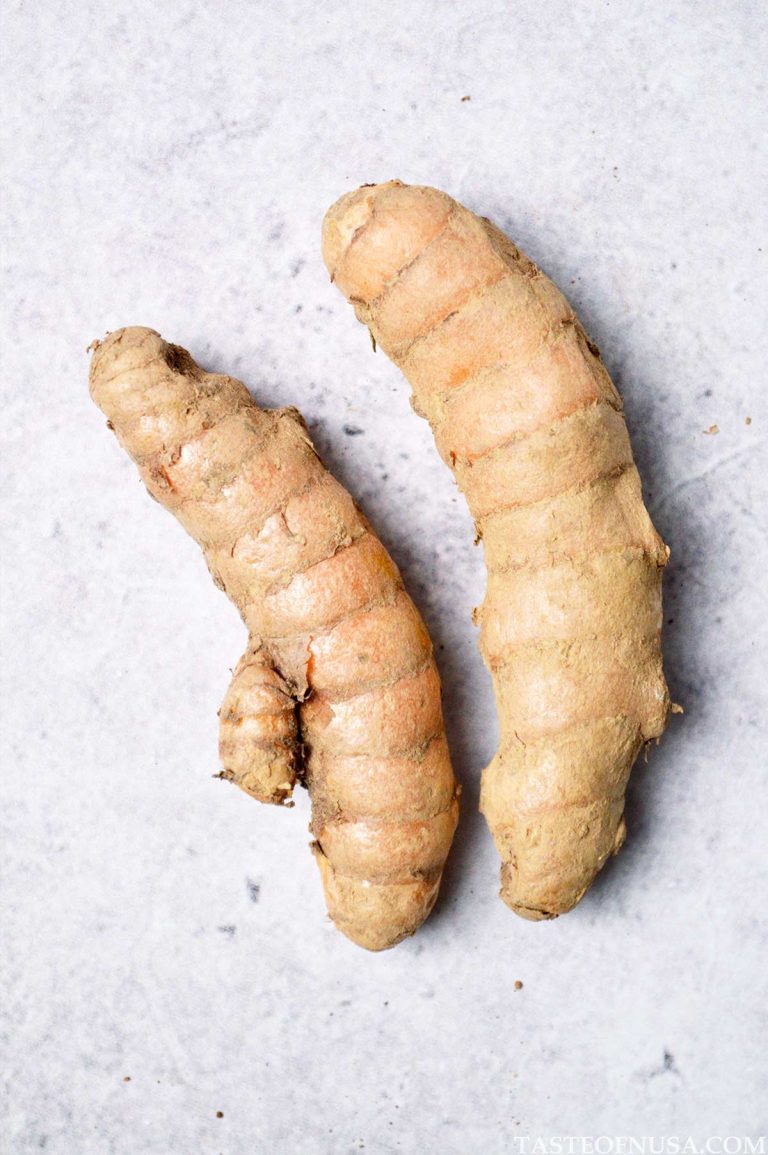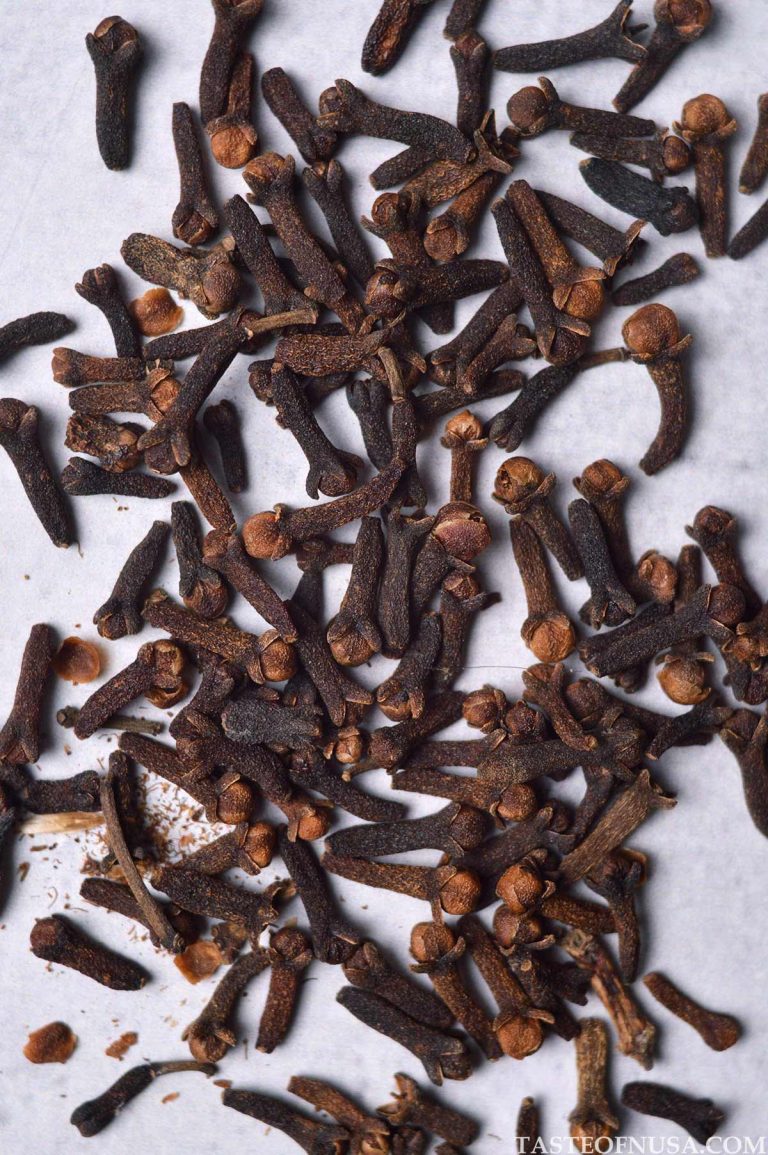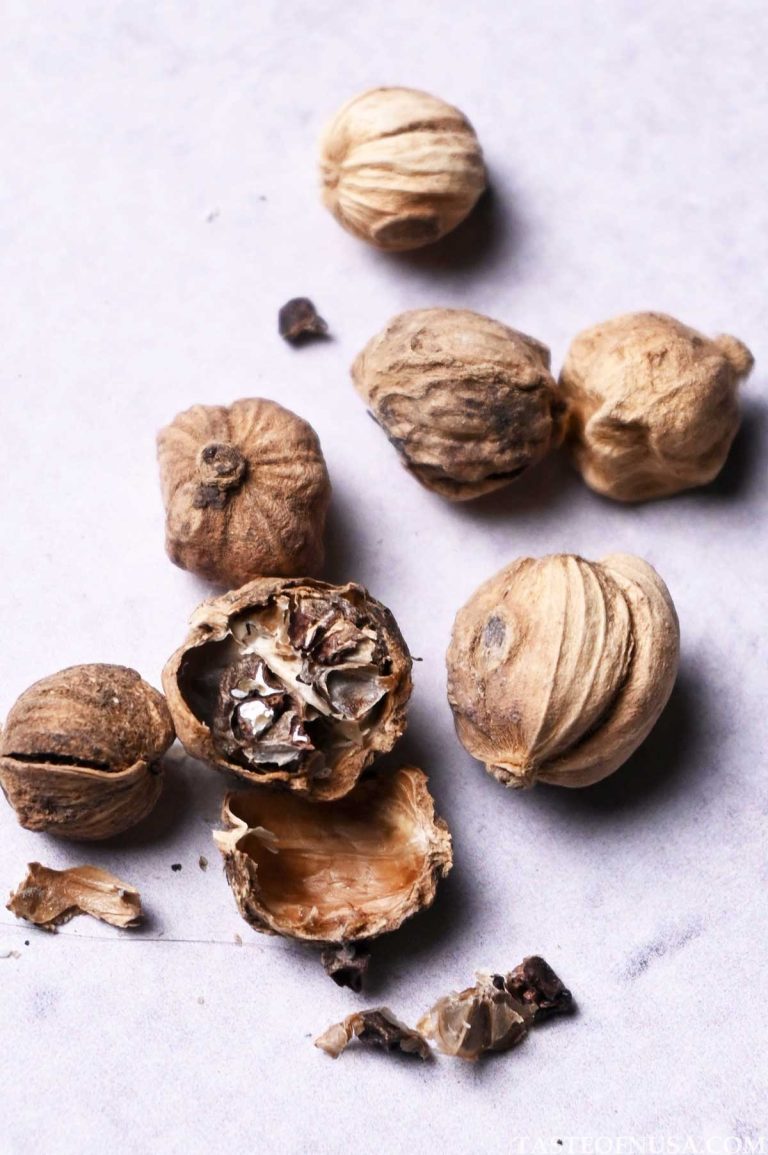Banana Leaves
While you don’t typically eat the actual banana leaves, you can use them as vessels for food. The leaves impart a wonderful aroma and lovely color to the foods they are wrapped in.

What Are Banana Leaves?
The banana leaf is the leaf of the banana plant. The leaves are large, flexible, and waterproof. They have several culinary uses throughout the world. While you do not typically eat the actual leaves, they are used for cooking, wrapping, and food-serving.
They impart an aroma to food that is cooked in or served on them. Besides adding flavor, the leaves keep juices in and protect food from burning, much as foil does.
Usage
Although banana leaves are not eaten, here are how to use them for culinary use:
- Container in which to cook food. When used as a wrap for steaming or baking, the contents of the banana leaf vessel will end up with a subtle banana flavor imparted upon them. You can cook almost anything with this method from meat, fish, rice, vegetables, stuffed dough, and mixtures of lots of things put together. You are also great for lining steamer trays or baking trays to prevent sticking.
- Pack food. The leaves are large, thick, and waterproof. Hence, they can be used to wrap fairly large food items.
- Serving plate. They are eco-friendly plates. Banana leaves are waterproof which makes it easy to eat liquid on the banana leaf plate.
- Presentation. Individual banana leaf parcels make for an impressive presentation.
Does Banana Leaf Give Flavor?
Yes, the leaves impart a mild, sweet, earthy flavor and aroma. The flavor and aroma will get stronger when the foods are cooked in them instead of just wrapping them.
Where to Buy?
Banana leaves are key ingredients around the world in tropical cuisines. Consequently, while their culinary usage is far from exclusive to tropical Asian countries, they are quite common in the food of much of Southeast Asia. Hence, making finding them easier because they are basically used everywhere in the countries.
Basically, you can find fresh and frozen banana leaves at Asian, Chinese, Latin, and Indonesian local markets. While access to fresh banana leaves is increasing, frozen ones are much more readily available.
Banana leaves tend to come in bulk packs, which may leave you needing to store some of them. Improperly stored leaves are susceptible to rot and mold growth. However, if you store them the right way, they can remain in good condition for several months.
How to Choose
Choose the ones that are bright green, not torn, and have a minimal amount of yellow or brown edges.
Storage
If you plan on using the leaves within a week or less, you can keep them refrigerated. Otherwise, you can store them in the freezer for up to 6 months.
Cut them up and wrap the banana leaves with cling film or a plastic bag. Wrap them as tightly as possible to keep air away from the leaves. Place the wrapped leaves in a freezer. if possible, do not stack anything else on top of the leaves, as they can be fragile when frozen.
Remove the leaves about 30-60 minutes before you intend to use them. Optionally, run under hot water to quickly thaw the leaves. Take care not to let the leaves tear until they come to room temperature. The leaves will be soft, pliable, and ready to use in a short time. Dry the leaves before using them.
How to Prepare Banana Leaves

- Cut the leaves into the size you plan to use them with a scissor or knife.
- Remove the central vein and any yellow and brown spots.
- Clean the leaves with a wet kitchen towel. Wipe in the same direction as the grain of the leaf in order to reduce the risk of tearing.
- Soften the leaves before using. This will also reduce the risk of tearing, especially when you use them for wrapping and making parcels.
How to Soften Banana Leaves
You can get banana leaves straight from the trees or at the market sold in bundles. However, you can’t use those right away. You need to clean and soften them to make them more pliable to reduce the risk of tearing. Do one of these methods to soften them:
- Direct fire method. Using a blowtorch or over the low flame of a gas stove, carefully torch the banana leaves on both sides, moving them constantly until glossy. Make sure not to heat on one spot for too long or they will burn.
- Blanching method. Fill a large pot of water and bring it to a boil. Carefully blanch each leave for 30 seconds one at a time. Remove from the pot and carefully lay them flat on the counter and wipe them dry.
- Steaming method. Steam the stacked leaves in a steamer for 5 minutes.
- Baking method. Spread them out on baking sheets and bake for 5-8 minutes in the preheated oven at 200F/93ºC.
- Microwave method. Microwave for 1-2 minutes with 30-second increments depending on how many plies of leaves you need to heat.






